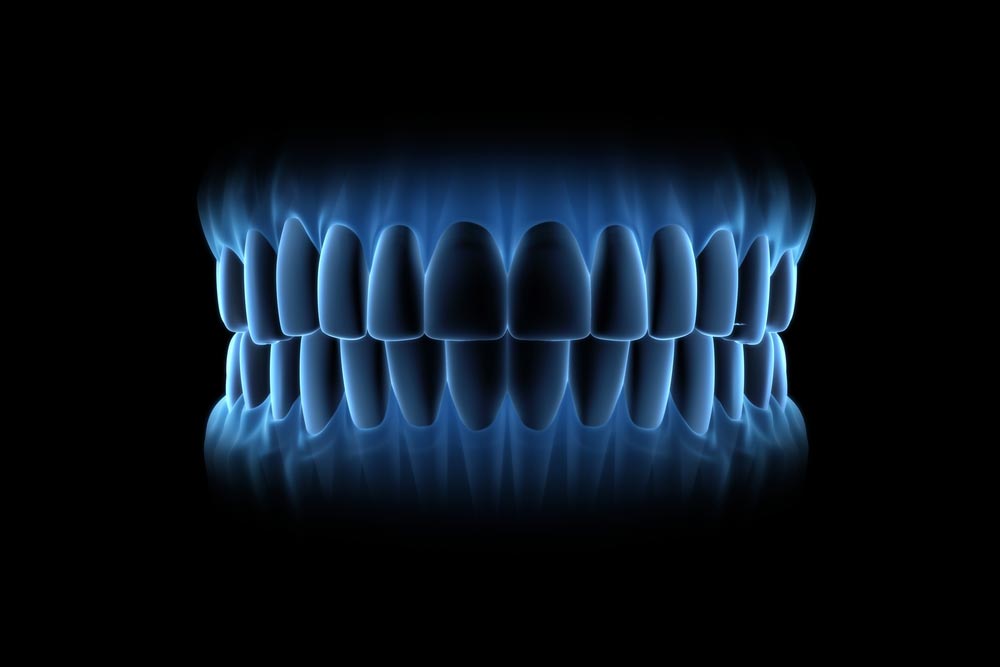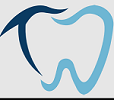Introduction
In recent years, the field of dentistry has witnessed significant advancements in digital technology. These innovations have revolutionized the way dental diagnostics are conducted, leading to more accurate and efficient treatment planning. By leveraging digital tools, dentists can now provide enhanced diagnostics, resulting in improved patient outcomes. This article explores the various digital tools available in dentistry and how they are transforming the diagnostic process.
Intraoral Cameras
Intraoral cameras are small, handheld devices that allow dentists to capture high-resolution images of a patient’s oral cavity. These cameras provide a detailed view of the teeth, gums, and other oral structures, enabling dentists to identify potential issues that may not be visible to the naked eye. By using intraoral cameras, dentists can enhance their diagnostic capabilities and communicate more effectively with patients about their oral health.
Digital X-Rays
Digital X-rays have replaced traditional film-based X-rays in many dental practices. These digital images can be captured and viewed instantly, eliminating the need for time-consuming film processing. Digital X-rays also emit significantly less radiation than their film counterparts, making them safer for both patients and dental professionals. With digital X-rays, dentists can zoom in, enhance, and manipulate images to detect dental problems such as cavities, bone loss, and impacted teeth more accurately.
Cone Beam Computed Tomography (CBCT)
Cone Beam Computed Tomography, or CBCT, is a three-dimensional imaging technology that provides detailed cross-sectional images of the oral and maxillofacial region. CBCT scans are particularly useful for complex dental procedures such as dental implant placement, orthodontic treatment planning, and diagnosing temporomandibular joint disorders. By utilizing CBCT, dentists can visualize the patient’s anatomy in three dimensions, leading to more precise treatment planning and improved outcomes.
Digital Impressions

Traditional dental impressions involved using putty-like materials to create molds of a patient’s teeth. However, digital impressions have now replaced this cumbersome process. With the help of intraoral scanners, dentists can capture digital impressions of a patient’s teeth and gums, creating highly accurate 3D models.
Summary
Digital tools have become invaluable assets in the field of dentistry, enabling dentists to provide enhanced diagnostics and treatment planning. With the advent of 3D imaging technologies, dentists can now capture detailed and precise images of a patient’s oral cavity, allowing for more accurate diagnoses of dental conditions such as cavities, gum disease, and oral cancer. These digital images can be manipulated and analyzed in real-time, providing dentists with a comprehensive view of the patient’s oral health.
Furthermore, computer-aided design and manufacturing (CAD/CAM) systems have revolutionized the way dental restorations are created. With CAD/CAM technology, dentists can design and fabricate dental crowns, bridges, and veneers in a matter of hours, eliminating the need for traditional impressions and temporary restorations. This not only saves time for both the dentist and the patient but also ensures a more precise fit and improved aesthetics.
Another significant benefit of digital tools in dental diagnostics is the ability to store and access patient data electronically. Digital dental records allow for easy retrieval and sharing of patient information, facilitating collaboration between dental professionals and improving overall patient care. Additionally, digital tools enable dentists to track changes in a patient’s oral health over time, providing valuable insights for long-term treatment planning.
In conclusion, the integration of digital tools in dental diagnostics has revolutionized the field of dentistry. From 3D imaging to CAD/CAM systems and electronic patient records, these digital tools have enhanced the accuracy, efficiency, and overall quality of dental diagnostics. site As technology continues to advance, we can expect further innovations that will further improve oral healthcare outcomes and patient experiences.
- Q: What are digital tools used for enhanced dental diagnostics?
- A: Digital tools commonly used for enhanced dental diagnostics include intraoral cameras, digital radiography, cone beam computed tomography (CBCT), and digital scanners.
- Q: How do intraoral cameras help in dental diagnostics?
- A: Intraoral cameras allow dentists to capture high-resolution images of the inside of the mouth, helping in the detection and diagnosis of dental issues such as cavities, gum disease, and oral lesions.
- Q: What is digital radiography and its role in dental diagnostics?
- A: Digital radiography involves using digital sensors to capture dental X-ray images. It provides instant results, reduces radiation exposure, and allows for easy storage and sharing of images for accurate diagnosis of dental conditions.
- Q: How does cone beam computed tomography (CBCT) enhance dental diagnostics?
- A: CBCT is a specialized imaging technique that produces 3D images of the teeth, jawbone, and surrounding structures. It aids in precise diagnosis and treatment planning for complex dental procedures such as dental implant placement and orthodontic treatments.
- Q: What is the role of digital scanners in dental diagnostics?
- A: Digital scanners create highly accurate 3D models of the teeth and oral tissues, eliminating the need for traditional dental impressions. These models assist in the planning and fabrication of dental restorations like crowns, bridges, and aligners.

Welcome to my website! My name is Ben Stout, and I am a dedicated and passionate Dental Hygienist with years of experience in the field. I am thrilled to share my knowledge and expertise with you through this platform.
As a Dental Hygienist, my primary goal is to ensure optimal oral health for my patients. I firmly believe that a healthy smile is not only aesthetically pleasing but also crucial for overall well-being.



